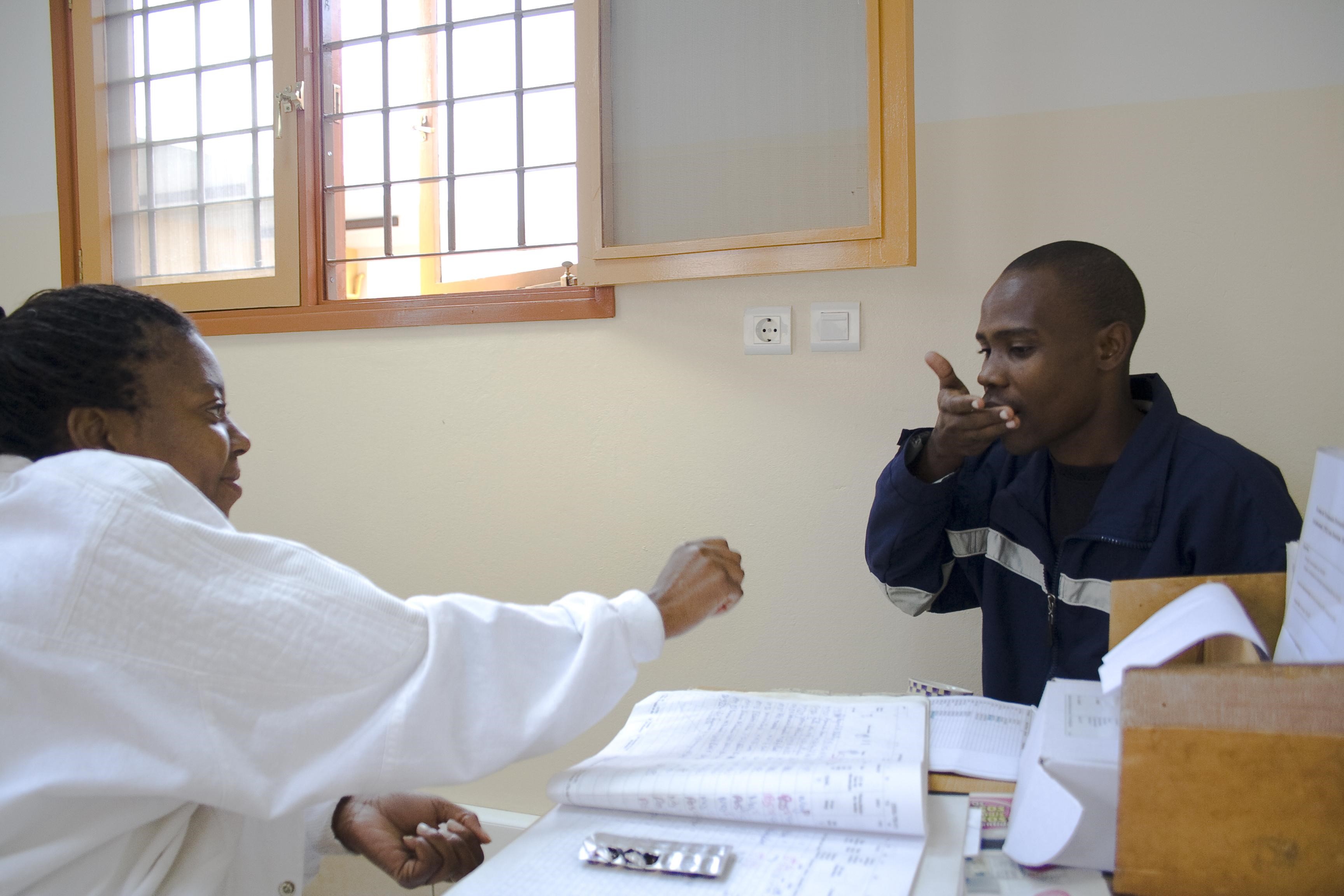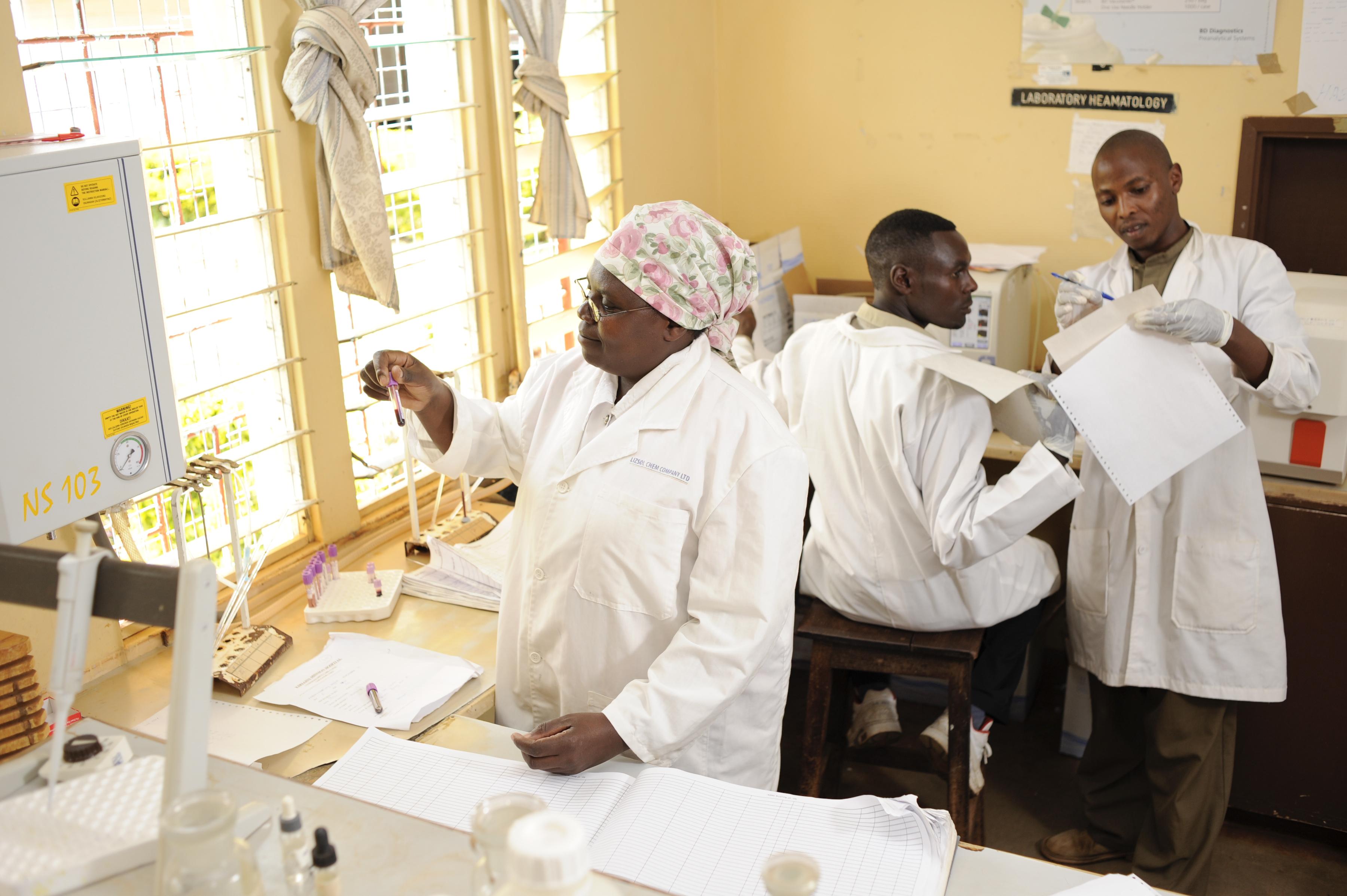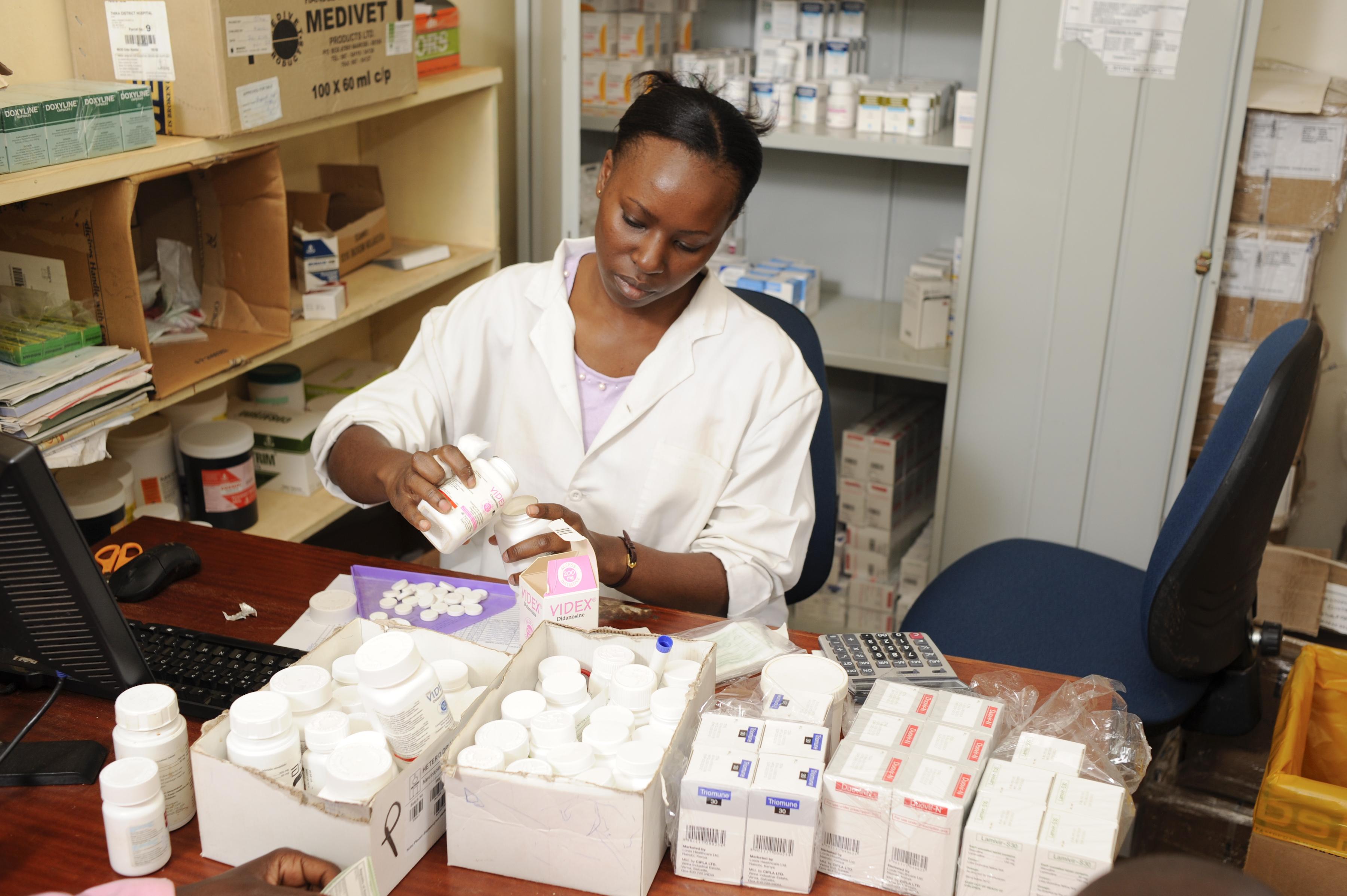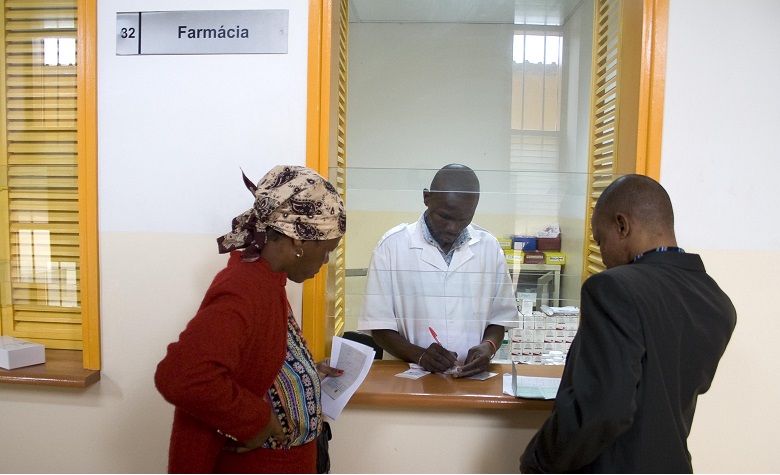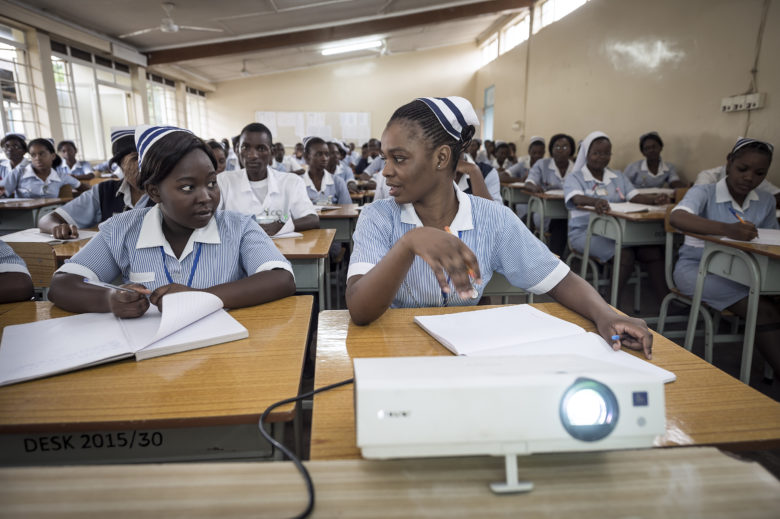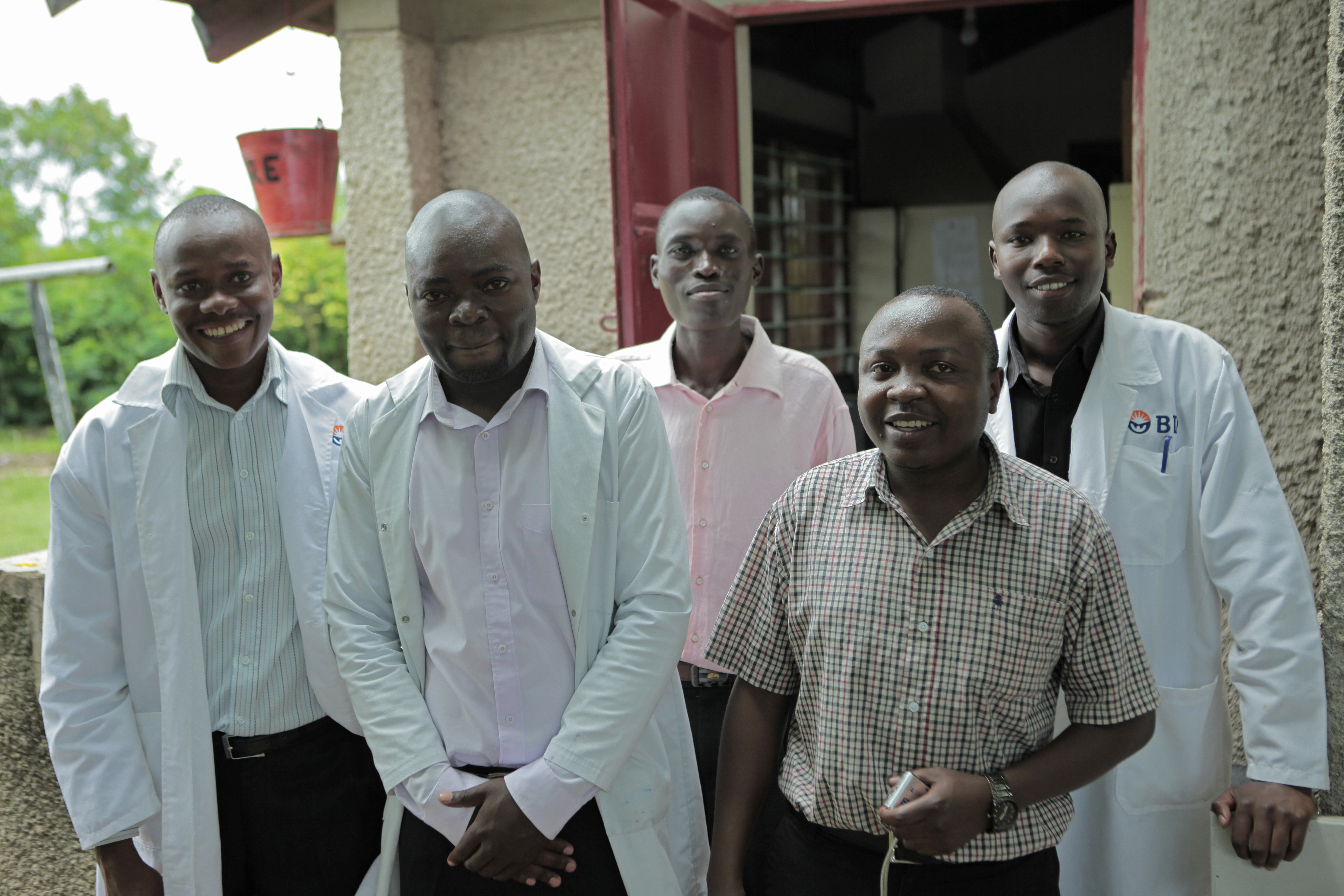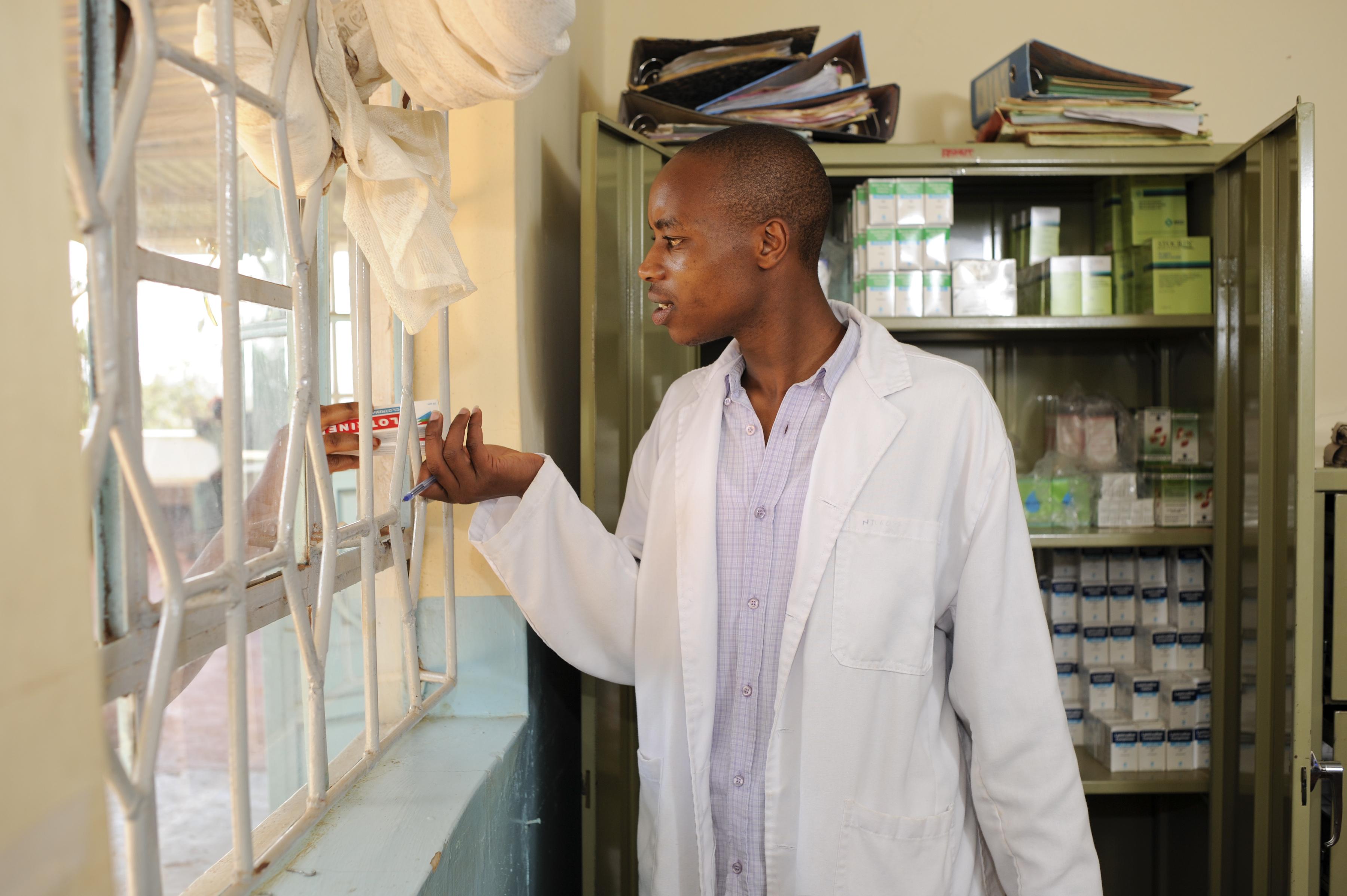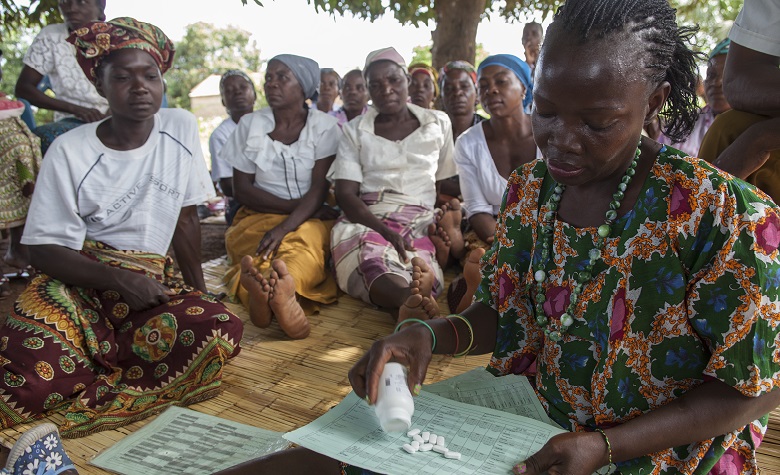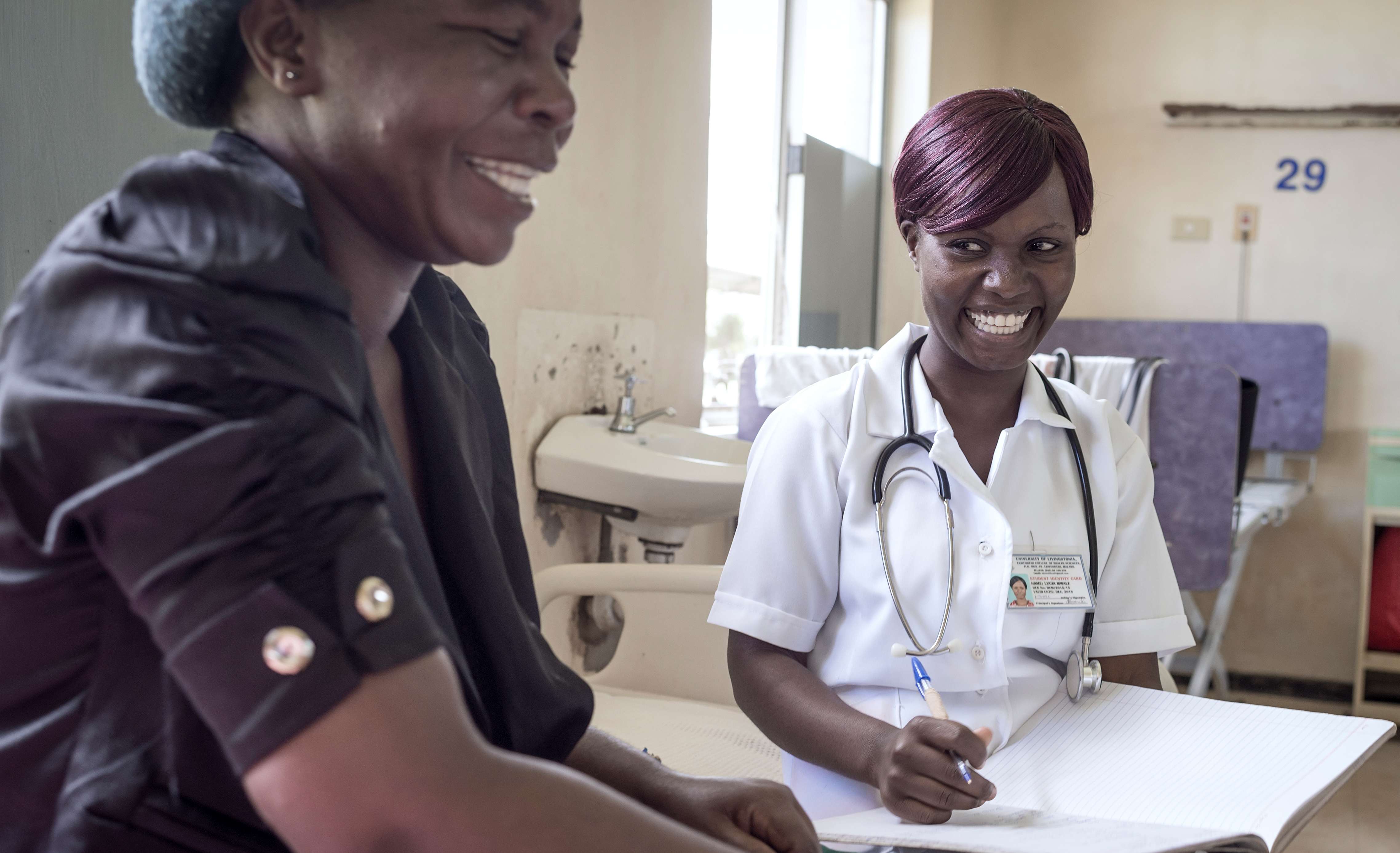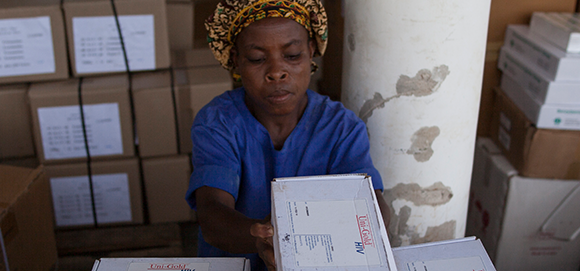
 Enabling environment (policy, advocacy, and finance)
Enabling environment (policy, advocacy, and finance)
Are national policies, advocacy platforms, and finances prepared for new product introduction?
Read More
 Enabling environment (policy, advocacy, and finance)
Enabling environment (policy, advocacy, and finance)
- Define and promote public health value proposition
- Advocate for optimized products (via Technical Working Groups (TWG), stakeholder meetings, and civil society networks)
- Map and support expedited drug registration procedures
- Conduct guidelines analysis and assess budget requirements/impact







